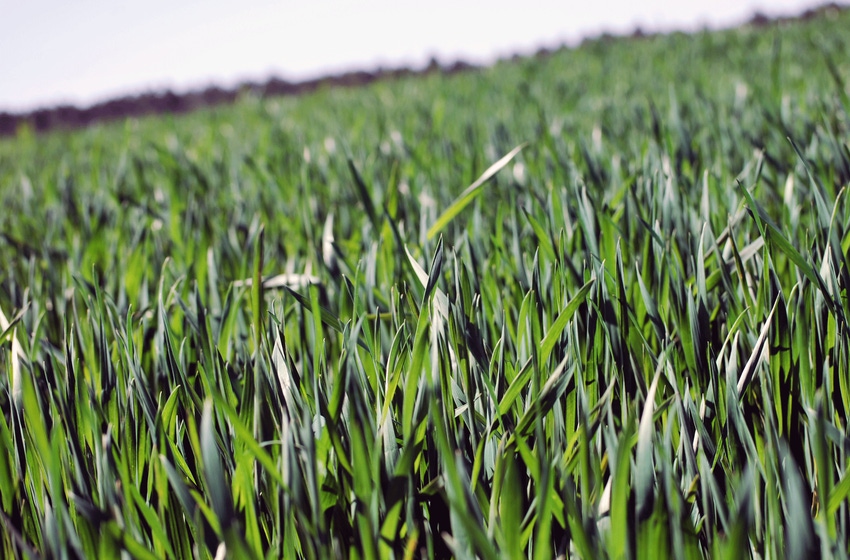
North Carolina has the potential to make a good wheat crop this year and now is not the time to skimp on nitrogen rates.
“We are going to fall down if we miss that potential and just put out a low rate of nitrogen and get on with it. That would be the worst decision we could make,” said Ron Heiniger, North Carolina State University Extension cropping systems specialist, at the Northeast Ag Expo Small Grain Field Day Feb. 25 at D&S Farms in Elizabeth City.

Chowan County farmer Mike Parrish, right, discusses his wheat fertility options with Ron Heiniger, North Carolina State University cropping systems specialist, during the 2016 Northeast Ag Expo Small Grain Field Day at D
Heiniger encourages farmers to apply 120 to 130 pounds of nitrogen per acre in spring to supplement what they applied last fall.
This year’s North Carolina wheat crop is off to a good start. Unlike last year, temperatures have been higher than normal and the wheat is accumulating more growing degree days since Jan. 1, Heiniger said. “We are definitely not behind by any stretch of the imagination this year. We are by all means ahead of a normal year as far as development,” he added.
However, all of the wet winter weather has restricted nutrient uptake which has slowed growth and development. Heiniger said farmers need to apply fertilizer in March to ensure there are enough green leaves for the wheat to joint and flower and assure maximum yield potential.
Heiniger said a critical time for achieving maximum yield is the period from Growth Stage 30 to flag leaf. Good temperatures, maximum growth rates and good nutrient uptake are all vital at this time, according to Heiniger.
“This is really where most of our wheat yield is made,” he said.
“We have that potential in tillers. We just need to get it green so it’s ready to roll and grow as quickly as it can during this jointing period,” he said. “With enough tillers, we should be able to achieve those yields we need to come close to making a profit. You need 80 to 90 bushel wheat this year if you’re going to make a profit.”
Another critical time for achieving maximum wheat yields is a long grain fill period. “The good news this year is we are going to joint early and we are going to be flowering early. We’re going to have a longer grain fill period which should mean the potential for better yields,” Heiniger said.
About the Author(s)
You May Also Like






